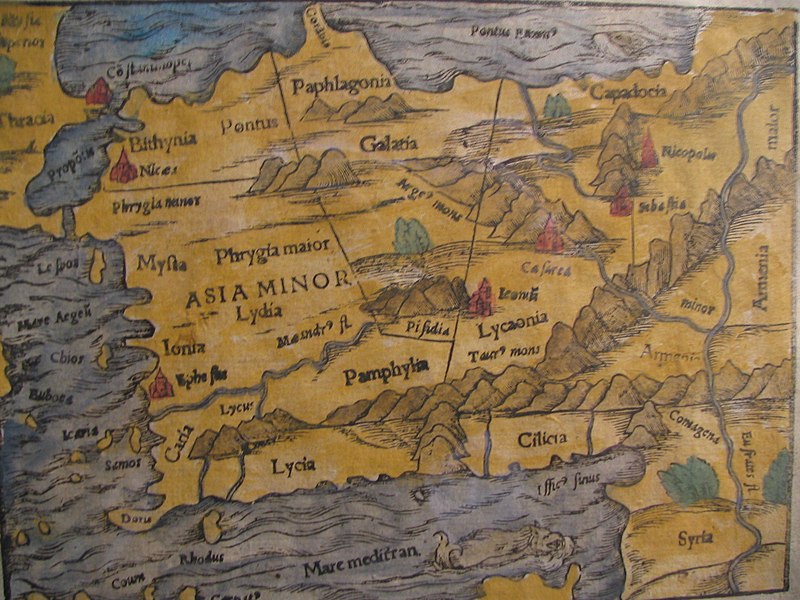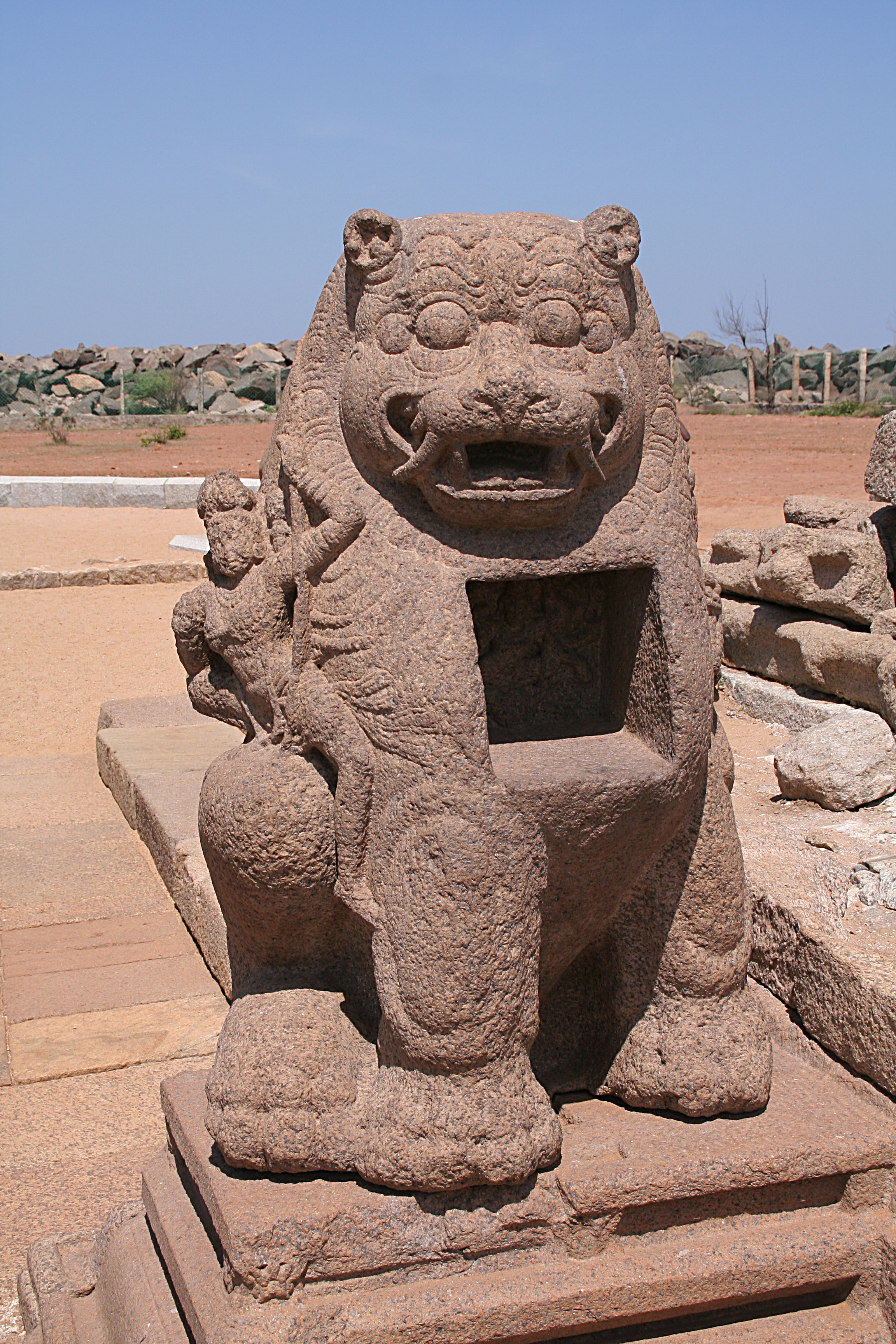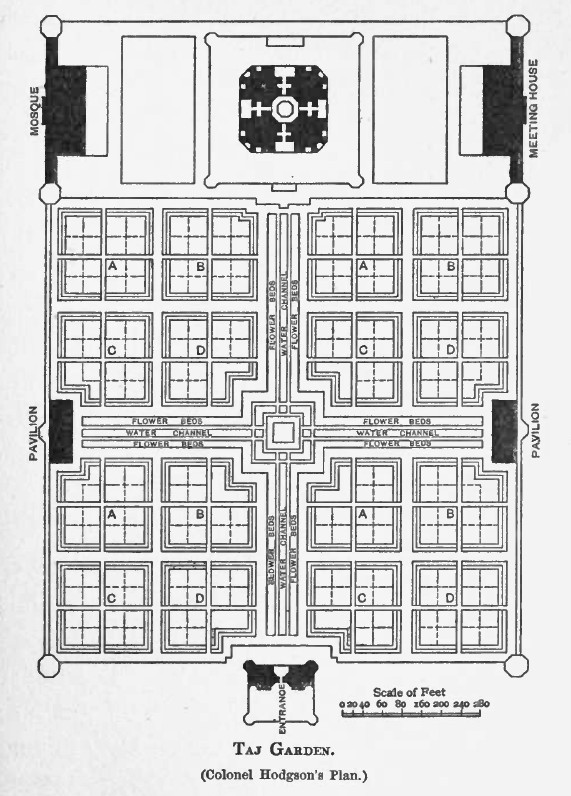
 These postcard was sent to me by my friend Cuneyt Ozarikan
These postcard was sent to me by my friend Cuneyt OzarikanThe first populations of the region of Cappadocia were Hatties, Luvies and Hittites. In the 3000-2000 years B.C. the Assyrians have established trade colonies in this region. In 33 b.c. the Big Alexander has captured a big part of Cappadocia. In 188 B.C. The Cappadocia which entered under the Roman domination has been captured in 100 B.C. by the Mithridatesd the king of Pontus but in 63 B.C. Pompeius has defeated Mithridates and took again the Cappadocia under the domination of Rome. In the period of Tiberius the Cappadocia gainded the status of Roman distric. Cappadocia was one of the most important places in the spreading periods of the Christian religion. In 647 A.C. together with occupation of Kayseri by Muaviye Cappadocia has met with the Arabian invasions. Cappadocia which went under the domination of the Seljuks in 1072 has been added to the lands of Ottoman Empire in 1399 by the Ottoman Sultan Yildirim Beyazit. Became UNESCO World Heritage Site in 1985.
Information Obtained from cappadociaturkey.net

 15th century map of Turkey region
15th century map of Turkey regionImage Obtained From Wikipedia, the free encyclopedia











